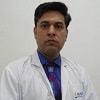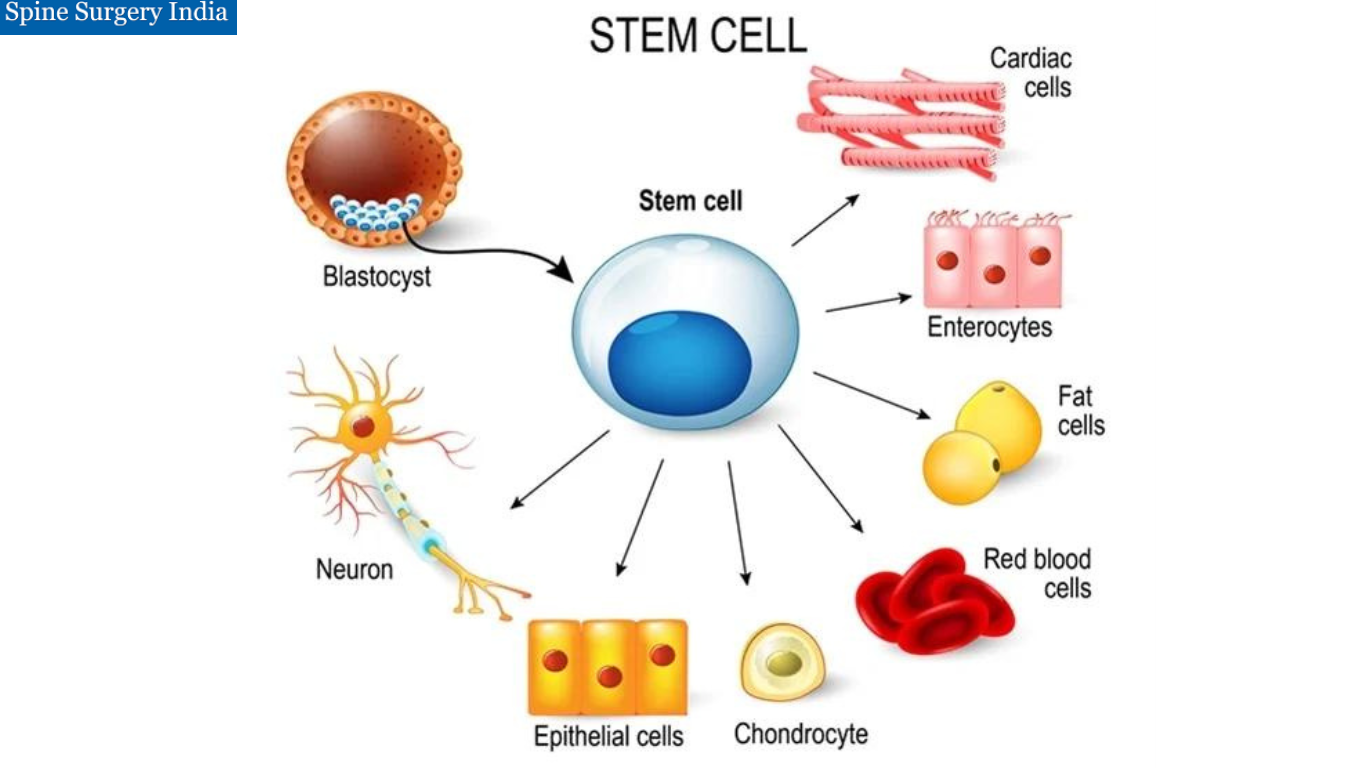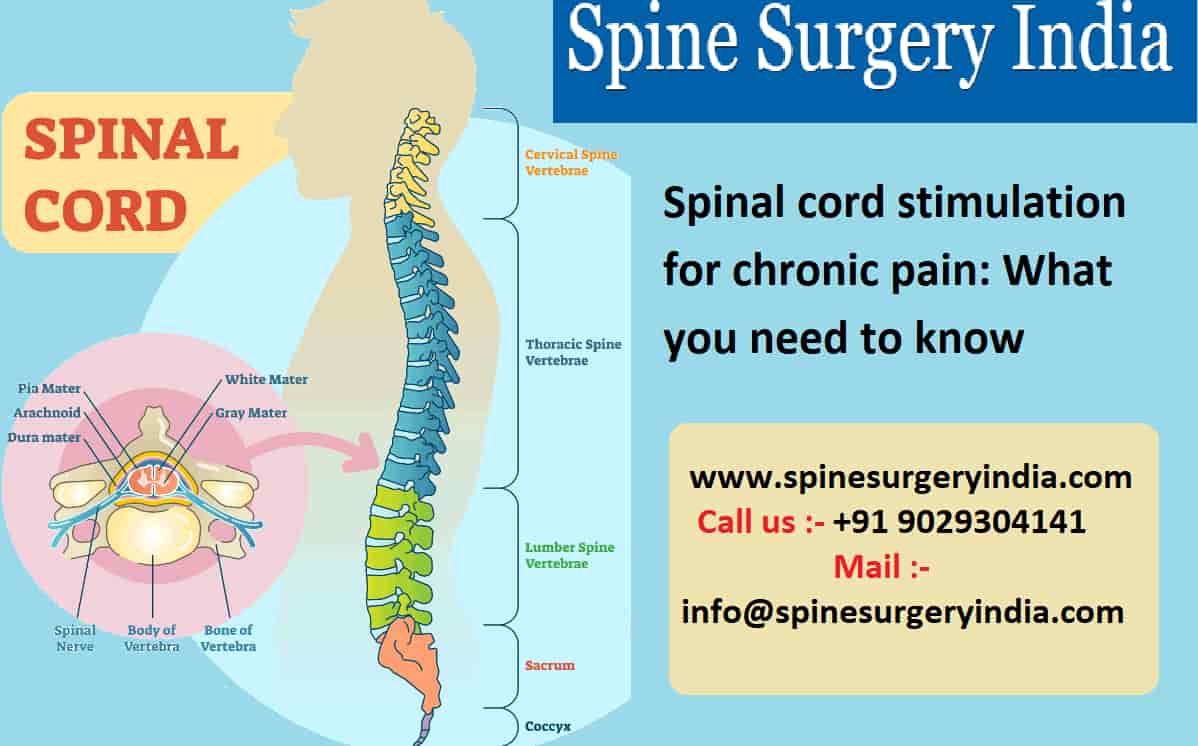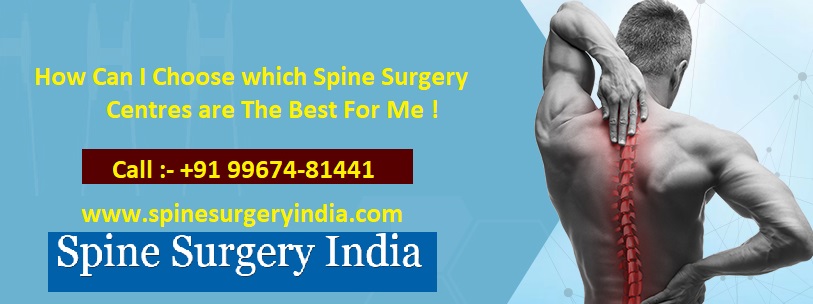Spinal Stem Cell Therapy
What is Stem Cell Therapy in India?
Do you know? Thanks to advanced technologies and top-notch procedures for various problems. You just need to select the best one according to your condition. The process will eliminate your issues by providing much comfort. Also, these have many non-invasive or non-surgical approaches that help in better results. You can get relief from many problems that affect your life and cause problems in regular functions and movements. Spine conditions are most common in today’s time that affects a person’s overall health. Stem cell therapy in India, this is the topmost process for better results in different problems.
Have you ever experienced back or neck problems? Yes, back pain or discomfort does not go on its own. Chronic back pain is much normal and affecting condition that causes problems for many people. They cannot enjoy their life as their back pain comes in between and causes various issues. As people with severe back pain cannot do their regular work and face bedridden conditions. You will need the best treatment to manage the problems and achieve top results.
As, many surgical and non-surgical treatments are available to assist with different issues. You can have a top-notch process according to your condition. The best surgeon will recommend the top process as per the problem. But what is your best treatment or can you have a non-surgical process? So the answer is yes, you can have non-invasive procedures. It will depend on your spine problem. These approaches are highly beneficial and have fewer side effects. Your recovery will be faster, which means less time for process and affordable charges. With it, the procedure needs advanced technologies and highly experienced experts.
Why stem cell therapy in India?
Stem Cell Therapy is the treatment which uses to treat various disorders, and the use of Stem Cell Therapy is non-serious to life-threatening. These stem cells can use to treat more than 80 disorders, including neuromuscular and degenerative disorders. You can have the best stem cell therapy in India through the best centre. We have assisted many patients in their different conditions to achieve top results.
Hematopoietic disorders such as leukaemia, thalassemia, sickle cell anaemia, storage disorders etc. can affect the bone marrow and can cause various systemic complications. The donor stem cells are known to reconstitute the defective bone marrow and it also permanently overcomes the disorder.
Degenerative disorders are the disorders that have been arising from degeneration or wear and tear of bone, muscles, fat or any other tissue, cell or organ. Degenerative disorders can occur due to various reasons, but age is the major factor that causes degeneration. The disorders have slow and develop gradually but once contracted, can be long-standing, pain-staking and lifelong. These degenerative disorders can affect any organ of the human body and the common disorders of the degenerative condition are diabetes, stroke, heart failure, osteoarthritis, Alzheimer’s disease, etc.
Benefits to Surgery
How Does the Stem Cell Therapy Procedure Work?
Any procedure for spine conditions (in severe problems) performed with a high surgical process. But, stem cell therapy in India helps without any surgical process. The highly experienced specialist performs with top-notch technologies. They help in providing more relief and comfort than help in your conditions. You can have better movements and less pain during your work and favourite things. The stem cell therapy success rate in India is much high provides successful results and helps in achieving top results.
While performing the Stem Cell Therapy the surgeon will collect your body’s adult stem cells and growth factors from multiple sources. After that, they will harvest the fat-derived stem cells most often from your lower abdomen which allows the surgeons to obtain a significant quantity of cells. They also harvest bone marrow-derived cells from the iliac crest which contains a variety of important cells to complement the storage of fat-derived cells.
The surgeon will harvest the third area through your peripheral vein where the blood uses to make Platelet-Rich Plasma. Your surgeon will directly inject these three components into the affected area which could be your knee joints, hips, low or mid back, soft tissues, shoulders, etc. under live x-ray or ultrasound guidance. The Stem cell therapy price in India is much more affordable than in developed countries.
The procedure can help in eliminating painful conditions and providing high relief. You will need to consult the best expert to achieve top results for your conditions. The process will perform by highly experienced experts and provide top results. It helps in reducing inflammation and help in severe pain.
What are the benefits of Stem Cell Therapy for Spinal Treatment in India?
Stem cell therapy for spinal treatment in India is highly beneficial that helps in providing relief. With it, you will not need any surgical process that causes any cut or wound. The Stem cell therapy benefits in India are more than other procedures. And, the following are the benefits of having Stem Cell Therapy in India and these are:
- Surgery not required: Stem Cell Therapy in India is a minimally invasive and non-surgical procedure where the surgeon will harvest the stem cells from the patient’s bone marrow which is taken from the pelvis.
- Minimal recovery time: The time of recovery is the most consuming part of any injury rather than just a treatment but with Stem Cell Therapy India the patient will recover quick and fast.
- Use of general anaesthesia not required: Stem Cell Therapy in India is a procedure where your surgeon will not give you any anaesthesia.
- No risk of rejection: This is a procedure where your surgeon will use biologics extracted from your body and this is a reason that there is no risk of rejection.
- Spreading of disease: This is a procedure where cells are originated within your own body and hence, there is no risk of spreading disease.
Spine Cord Injury Tests
How to diagnose Spinal Cord Injury in India?
Various check-ups are available to know your spinal cord injury. Your expert will suggest or perform the best test. It includes your budget which can impact the entire process price.
- Magnetic resonance imaging (MRI): This kind of study uses computer-generated radio waves and an influential magnetic field to create comprehensive three-dimensional images of the spinal cord. It could document spinal trauma from injury, as well as aid in making a diagnosis of the spinal cord tumours and herniated disks that might compress the spine and spinal cord, and injury to the ligaments that support the cervical spine.
- Computerized tomography (CT): This avails fast, obvious two-dimensional x-ray images of organs, bones, and tissues. Neurological CT scans get used to viewing the spine. Though CT is excellent in perceiving bone fractures, and spinal stenosis, this kind of spinal study has also less able to image the spinal cord or to identify ligament injury linked with an unstable spine than MRI.
- X-rays: X-rays could use to view most parts of the body, such as a joint or major organ system. In a conventional x-ray, a concerted burst of low-dose ionized radiation gets passed through the body and onto a photographic plate. Vertebral misalignment or fracture can see within the minutes. X-rays taken in the different neck positions detect instability of the cervical spine.
Recovery
How will you recover after the stem cell therapy procedure in India?
Stem cell therapy in India is much more successful and less invasive. As your expert will collect the bone marrow from the pelvis without any surgical process.
- Stem cell therapy for spinal treatment can shorten hospital stays. Also, keep in mind that the exact length of time needed in the hospital will vary with each patient and individual procedure.
- Stem cell therapy for the spine does not disrupt the muscles and soft tissues.
- After the procedure, you should still expect to feel some discomfort, however, advancements in pain control now make it easier for your doctor to manage and relieve pain.
- In addition, to help you regain strength and speed up your recovery, your doctor is liable to suggest physical therapy.
- Specific exercises will help you get strong enough to return to work and daily activities.
- After the surgery is complete, your doctor is to assess you to make sure that your recovery is progressing as expected.
Which is the best centre for stem cell therapy in India?
Many centres are available in India for the best surgeries and non-invasive treatments. They help in achieving top results in severe conditions. You have to select the best process for successful results and affordable charges. SPINE SURGERY INDIA is the best centre for the best stem cell therapy in India. You will find many centres but are they successful or have better results?
We have high success rates in providing top results in severe conditions. With it, we have highly experienced and well-educated surgeons and specialists for various procedures. They use highly advanced technologies and methods in providing treatments. You can become successful in living a back pain-free life without having any surgical procedures. We also provide the surgical process in your severe conditions that helps in better results. Moreover, our experts provide top stem cell therapy success rate in India.





















